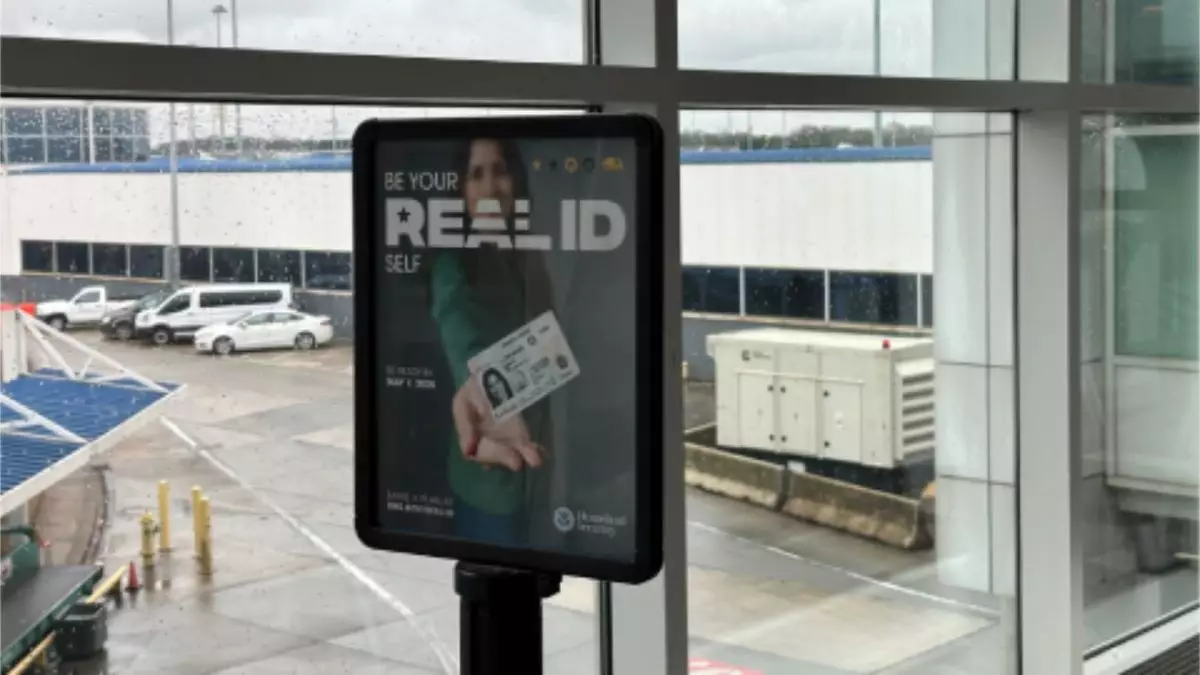On Thursday, the Transportation Security Administration (TSA) introduced a proposed rule suggesting a delay in the full implementation of the Real ID program until 2027. Initially set to take effect on May 7, 2025, this initiative follows a long history of delays dating back to the original legislation passed by Congress in 2005. The Real ID Act was designed to enhance national security by establishing stricter identification requirements for travelers using federal facilities, including airports. The latest proposal aims to offer a ‘flexibility’ clause for federal agencies in enforcing these regulations, raising critical questions about the process and timeline.
Proponents of the Real ID program argue that it is essential for bolstering national security. By enforcing these regulations, the TSA and other federal agencies hope to create a safer travel environment by ensuring that all identification presented meets rigorous standards. However, the uncertainty surrounding enforcement dates has sparked concerns among travelers and industry stakeholders alike. Under the proposed regulations, individuals lacking a Real ID-compliant identification may encounter delays, although full enforcement would not occur until May 2027. This transitional period highlights the ongoing challenges the TSA faces in effectively implementing security measures while ensuring convenience for travelers.
Public reaction to the proposed rule is likely to be mixed. Some travelers may appreciate the opportunity for a gradual implementation, easing the pressure to obtain a Real ID within a limited timeframe. Conversely, others may view this as a sign of governmental inefficiency or an indication that the security measures are not as critical as initially portrayed. David Pekoske, the TSA administrator, has acknowledged these concerns and emphasized the agency’s commitment to collaboration with states and licensing jurisdictions. He noted that the transition to Real ID enforcement is crucial for minimizing disruptions for travelers and the industry.
Moreover, the extension of the deadline raises logistical questions for states that have been gearing up for the enforcement of the Real ID regulations. State agencies will need to dynamically adjust their plans to accommodate the new timeline, which may further complicate the process of obtaining compliant identification for citizens.
As we look toward a future marked by ongoing discussions about security and travel regulations, the Real ID program’s evolution must be carefully monitored. The potential for phased enforcement could shape how authorities manage future identification requirements, possibly serving as a precedent for similar policies down the road. For travelers, obtaining a Real ID prior to the May 2025 deadline remains prudent, regardless of the proposed extensions.
While the TSA’s proposed rule to postpone full Real ID enforcement offers some breathing room for travelers and states alike, it also complicates an already intricate regulatory landscape. Stakeholders, from government agencies to everyday travelers, must remain engaged and informed as developments unfold. The need for secure and efficient travel infrastructure has never been more pressing, and the Real ID program remains a pivotal piece of that puzzle.

